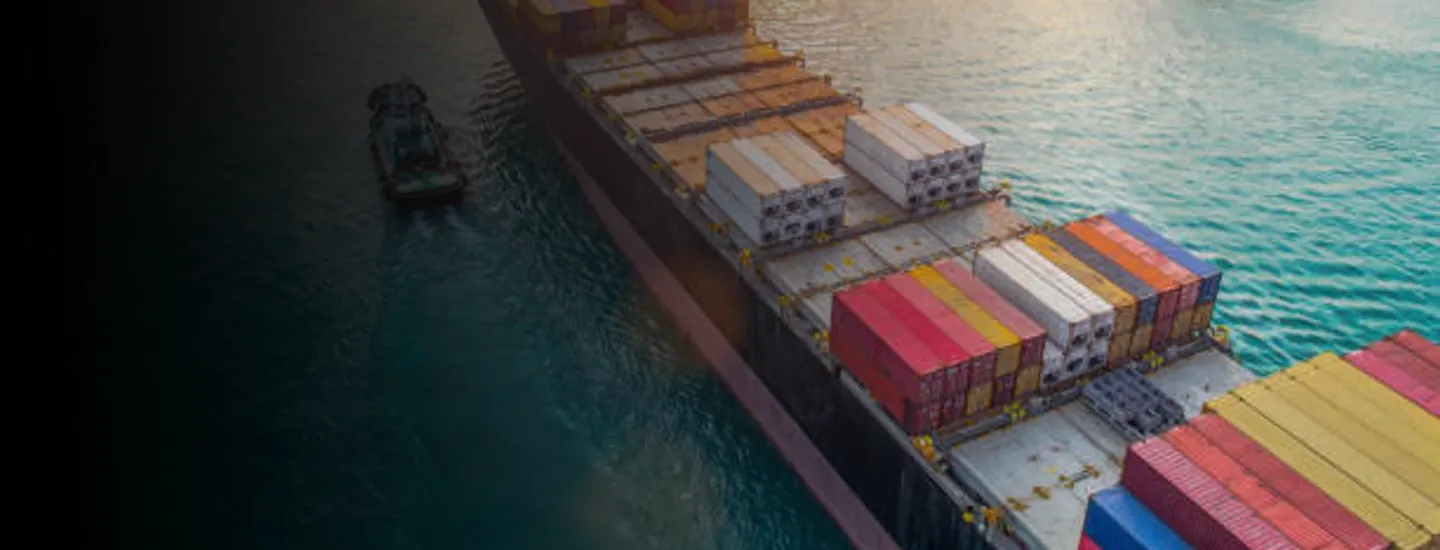Disruption continues to dominate supply chain discussions, with ocean shipping grabbing many of the headlines as dozens of vessels await space at the ports outside Los Angeles, as well as all other major ports across North America.
We live in strange times when it comes to shipping. Despite - and because of - the supply chain squeezes sparked by the pandemic that continue to rule the waves today, ocean vessel carriers made record-setting profits in 2021 with similar 12 months expected in 2022. Drewry estimates that sum will reach $300bn across 2021 and 2022, begging the question of how carriers will invest the huge cash reserves that they are sitting on.
With most major ocean shipping contracts generally renegotiated during the first quarter of a year, it was perhaps fitting that TPM’s (Transpacific Maritime) annual conference in Long Beach, California, at the end of February convened carriers, shippers, and their logistics service partners, allowing them to connect and discuss strategy and contract rates for the upcoming cycle.
COVID, contracts and a “new normal”?
In our time at the conference, and as part of a panel brought together to discuss what carriers might – and should – do with their windfall profits, there were several topics that dominated the conversation amongst delegates.
For the first time in years, carriers are holding all the cards and long-term relationships will matter more than ever within this negotiation cycle. In past years, shippers were able to negotiate for both space on a vessel and the cost paid, but this is hard pressed to get both in the current market.
It is uncertain when or if the current record rates being paid by shippers will “normalize”, with inflated rates expected to remain for the duration of this year. An imbalance between supply and demand appears to remain as additional capacity is unlikely to offset demand. 2023 may see a new normal setting, which will nonetheless still be higher than pre-COVID rates, although global logistics firm DB Schenker believes 2023 could see rates even higher than 2022 due to impending environmental regulation enforcement.
In this environment, multi-year carrier contracts are increasingly used by shippers to secure allocation and avoid being subject to highly volatile spot market rates that do not guarantee space on a vessel. Beyond Year 1 of these agreements, subsequent annual rates are typically stepped down to be less costly than the initial 12 months, which in itself may provide an indication that carriers believe the market will eventually soften. Freight forwarders are also securing some multi-year contracts, which historically has not been common practice but will potentially bring a degree of stability to the market.
What are the smart profit investments for carriers?
A new normal of higher prices for shippers will understandably put pressure upon carriers to stand out from the crowd and deliver a level of service above and beyond that of the competition. However, any investment will require careful consideration to ensure this rare period of profitability is used to deliver on shippers’ immediate needs and set the infrastructure foundations for a longer-term future.
- Enhanced customer service for shippers will be critical, improving core business processes to deliver greater real-time visibility of freight in transit. Capacity shortages and delays have been the hallmark downside of the shipping boom catalyzed by 10 years of US consumption spending crunched into the past 18 months, leaving little time for infrastructure to catch up alongside continued headwinds of driver shortages and port capacity amongst others.
- ESG is forcing its way to the top of the agenda for organizations in all industries, and de-carbonization initiatives should also be high on the list for carrier investment. Scope 3 emissions within supply chains are under increasing scrutiny, with carriers already obligated to reduce emissions in line with previously agreed IMO 2020 standards.
- Digital transformation is also essential, as we are entering a world where a 24/7 mindset must apply for carriers, warehouses, distributions centers, and ports in order to be truly successful. Enhanced Supply Chain visibility across all parties as well as improving digital interfaces, visibility to product, and ease of doing business across their platforms. This will be both internal and external. Shippers may not see much initially, but longer term this should improve efficiencies significantly and make carriers easier to work with who invest.
- Capacity issues in the past 18 months have driven an increase amongst shippers in Over The Road (OTR) transit, as they looked to address container delays at ports by using a historically quicker delivery option. That may spark a spell of significant acquisition activity by carriers, who look to broaden their supply chain offerings for shippers and keep control of the holistic customer experience through end-to-end logistics offerings. This therefore could further extend to origin warehousing, freight forwarding, customer brokerage, drayage operations, destination warehousing, and final mile delivery.
- After a period of intense pressure, uncertainty, and financial angst, carriers will also no doubt be looking to cement confidence and relationships with their investor communities via share buy-backs and dividends.
Shippers need to up their game as well
We are entering an incredibly exciting period for carriers and shippers will need to play their part too, if they are to benefit from the sizeable investment across the industry. In what is still very much a “seller’s market”, shippers must become as attractive as possible in order to secure allocation from carriers.
Ordering earlier to provide better carrier forecasting visibility will be beneficial, as will a counter-seasonal profile – if possible – that helps smooth annual activity and minimize potential congestion periods. With space at a premium, being a strong payment partner will also go a long way, as will deepening carrier relationships by engaging in other services offer by them, such as PO management and warehousing.
After an extended period of major trials and tribulations for carriers and shippers alike, securing multi-year allocation and enjoying the highest quality service as a result of a serious spike in investment could present a win-win scenario all round for years to come.


